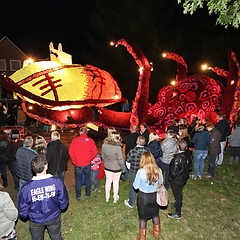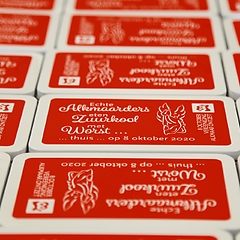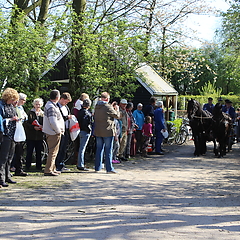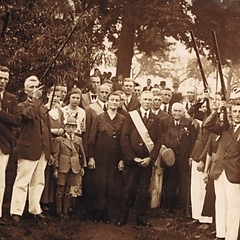Every year, on Whit Sunday, around a hundred whit brides dance in Borne. Folklore group Borne organises the activities. On the Friday prior to Pentecost eight to ten arches, later on carried by the brides, and a large whit crown with a diameter of 2 yards, are decorated with fresh fir green. On Saturday morning the girls practise the traditional song ‘Rosa, Rosa, flowers on your hat’ and the associated circle dance. The girls are divided into eight to ten groups. Of every group one girl is selected as Rosa. She gets a special long, white dress on loan and plays a major role in the dance and the song. On the morning of Whit Sunday, fresh flowers are inserted in the arches and the crown. At 10 AM the groups of brides depart from various sites in Borne for their tour to the central Dorset Square. In every group an arch is carried by two girls. There are regular stops on the way for dancing and singing. The girls then first ring the bells of houses in the direct surroundings to invite people to come and watch. The spectators give sweets or change to the brides after the performance.



